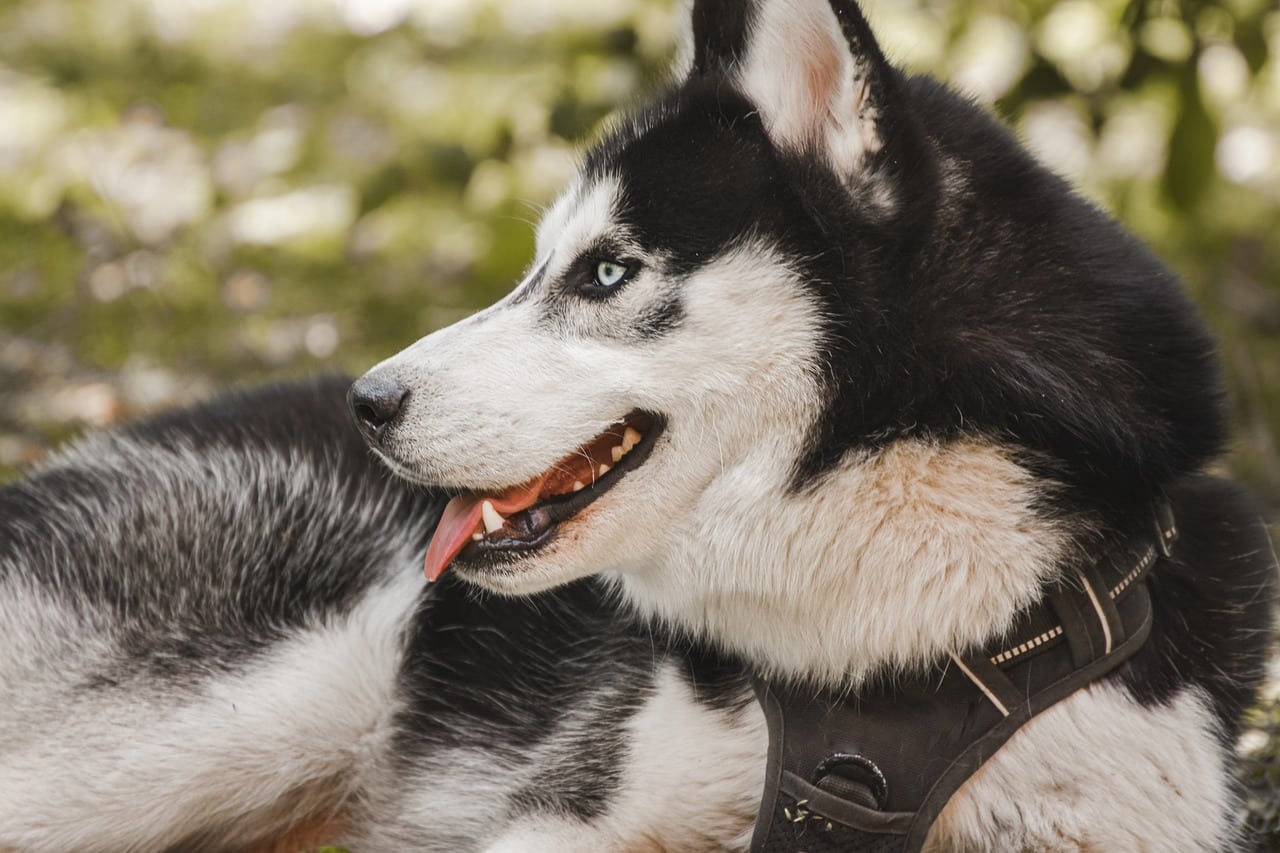 Shutterstock
Shutterstock
The right dog breed can be especially challenging for those with allergies. Many breeds are known for heavy shedding, dander production, or coats that need constant grooming—all of which can trigger allergic reactions in sensitive individuals. While no dog is completely hypoallergenic, some breeds are much tougher for allergy sufferers to manage. These breeds tend to shed fur and skin cells, spread allergens throughout the home, and even leave you sniffling from their saliva. Knowing which breeds might cause more discomfort is crucial for allergy sufferers considering a furry companion.
Labrador Retriever
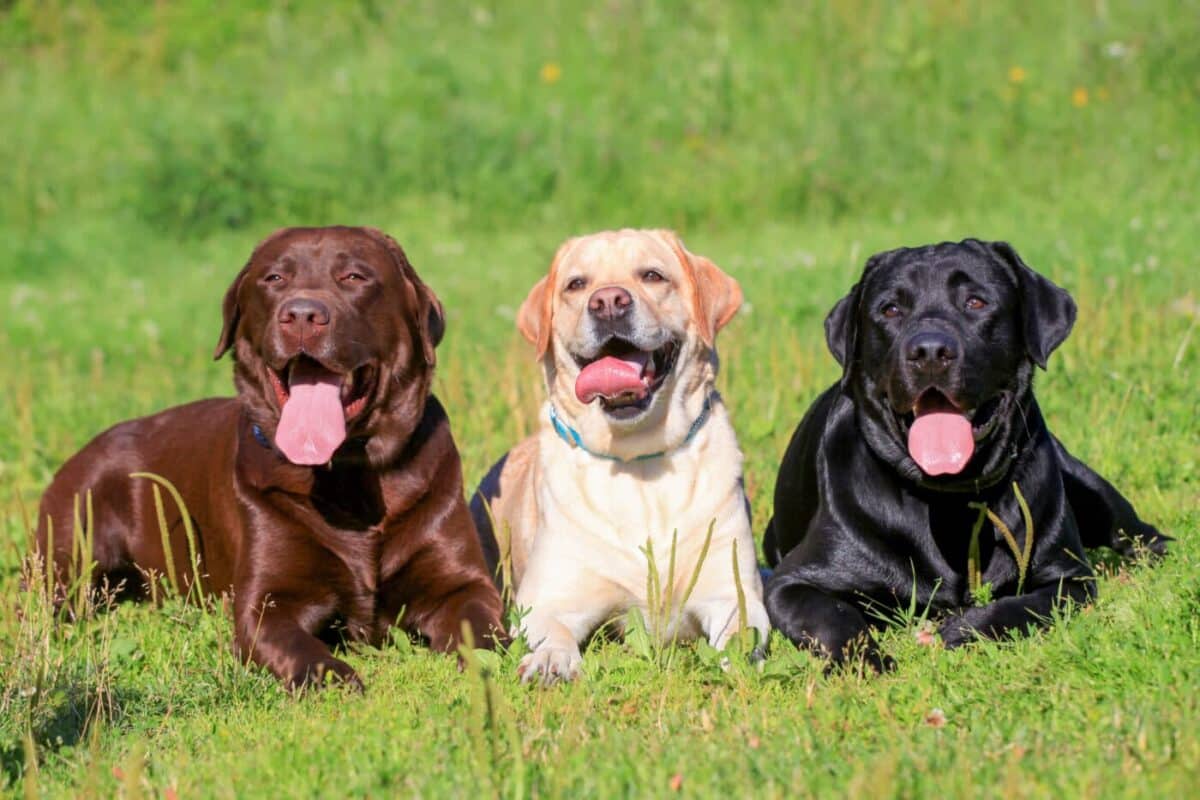 Shutterstock
Shutterstock
Labrador Retrievers are one of the most popular dog breeds in the world, known for their friendly and outgoing nature. However, they can be a nightmare for those with allergies. Labs have a dense double coat that sheds heavily, especially during shedding season, which occurs twice a year. Their thick undercoat releases a lot of dander into the environment, easily irritating allergy sufferers. Their love of playtime and outdoor activities also means they often bring in additional allergens like pollen and dust. For someone with sensitivities, a Labrador’s shedding and dander can quickly become overwhelming.
German Shepherd
 Shutterstock
Shutterstock
German Shepherds are intelligent, loyal, and versatile working dogs, but they’re also a challenge for people with allergies. They have a double coat that sheds consistently throughout the year, with even heavier shedding periods in the spring and fall. German Shepherds are known for spreading fur around the house, making it difficult for allergy sufferers to keep their environment dander-free. Their frequent grooming needs can also cause allergens to spread through the air, making it tough to keep symptoms under control. If you’re prone to allergies, you may find a German Shepherd’s shedding more than you can handle.
Bulldog
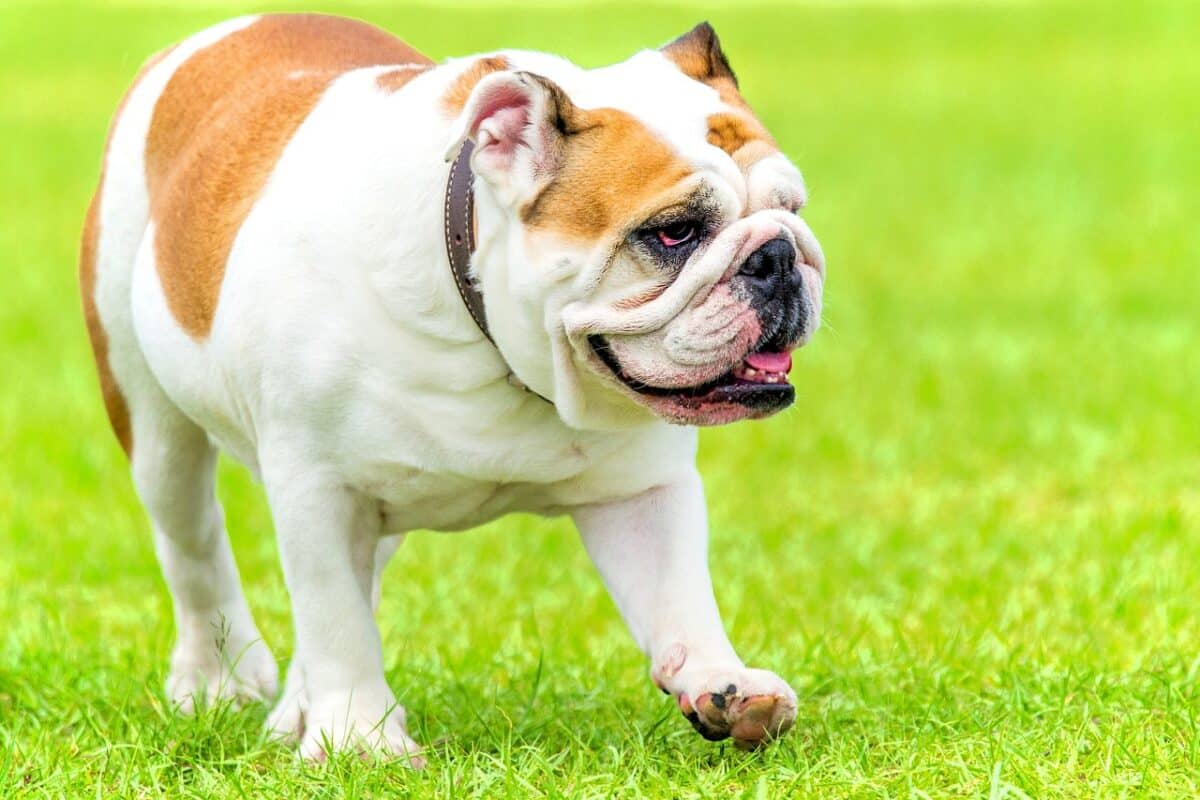 Shutterstock
Shutterstock
With their adorable wrinkled faces and laid-back attitude, Bulldogs may seem like an appealing choice for many dog lovers, but they can be tough on allergy sufferers. Bulldogs shed a moderate amount, but their short, fine hairs can become embedded in furniture, carpets, and clothing. Additionally, their skin folds can harbor bacteria and yeast, producing a strong odor and exacerbating allergy symptoms. Bulldogs are also known for drooling; their saliva can carry allergens, making them less than ideal for those with allergies. Maintaining a clean home with a Bulldog can be a challenge if you have sensitivities to dander and saliva.
Pekingese
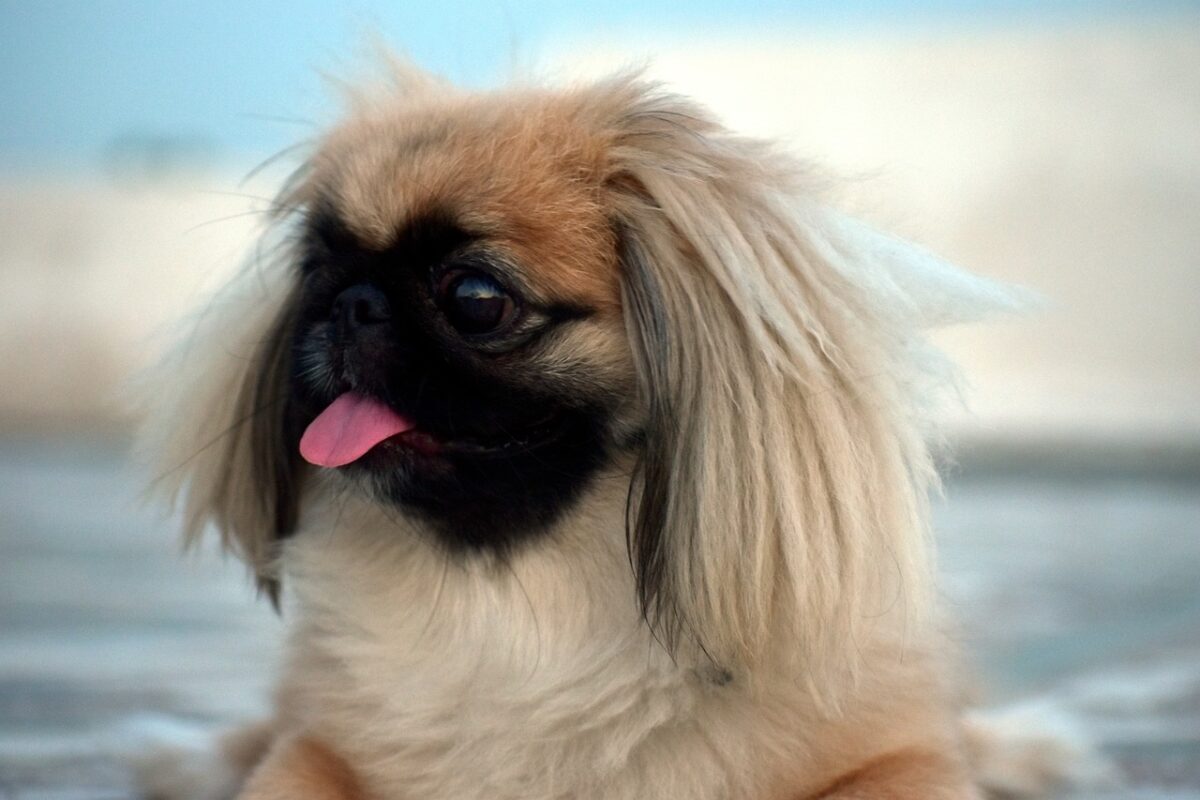 Shutterstock
Shutterstock
Pekingese are known for their luxurious coats and royal demeanor, but their long, thick fur can be a problem for people with allergies. Their double coat sheds year-round, with seasonal shedding periods that can be especially intense. The dense fur traps dander, which can become airborne and trigger allergic reactions. Pekingese also require regular brushing and grooming to prevent matting, which can release even more allergens into the air. Despite their small size, they can significantly impact indoor air quality, making them less than ideal for someone looking to keep their allergies under control.
Basset Hound
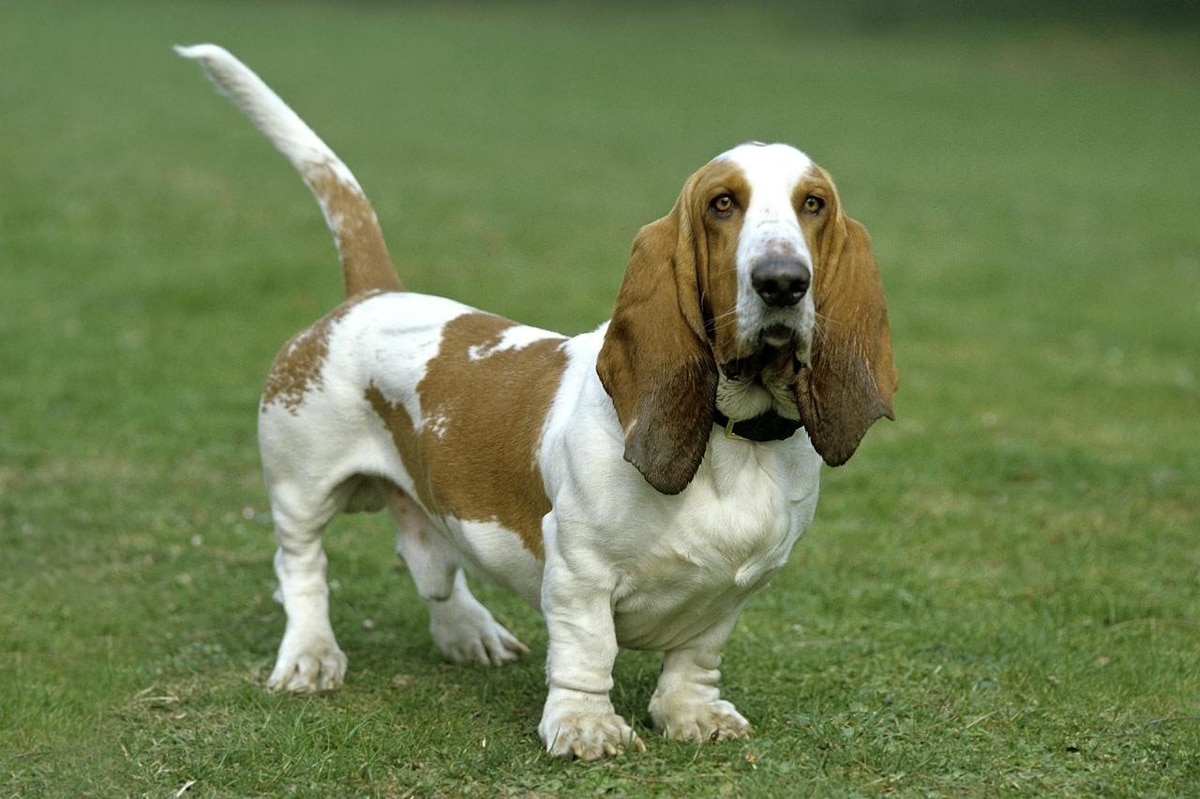 Shutterstock
Shutterstock
Basset Hounds are known for their droopy ears and charmingly low energy levels but are notorious shedders. Their short coat may seem manageable initially, but it sheds consistently throughout the year. Basset Hounds are also prone to drooling, which can be problematic for allergy sufferers since their saliva contains allergens. Additionally, their loose skin can harbor moisture and bacteria, leading to odors that may exacerbate allergies. The combination of shedding, drooling, and the occasional “hound smell” makes the Basset Hound a challenging breed for people with sensitivities.
Cocker Spaniel
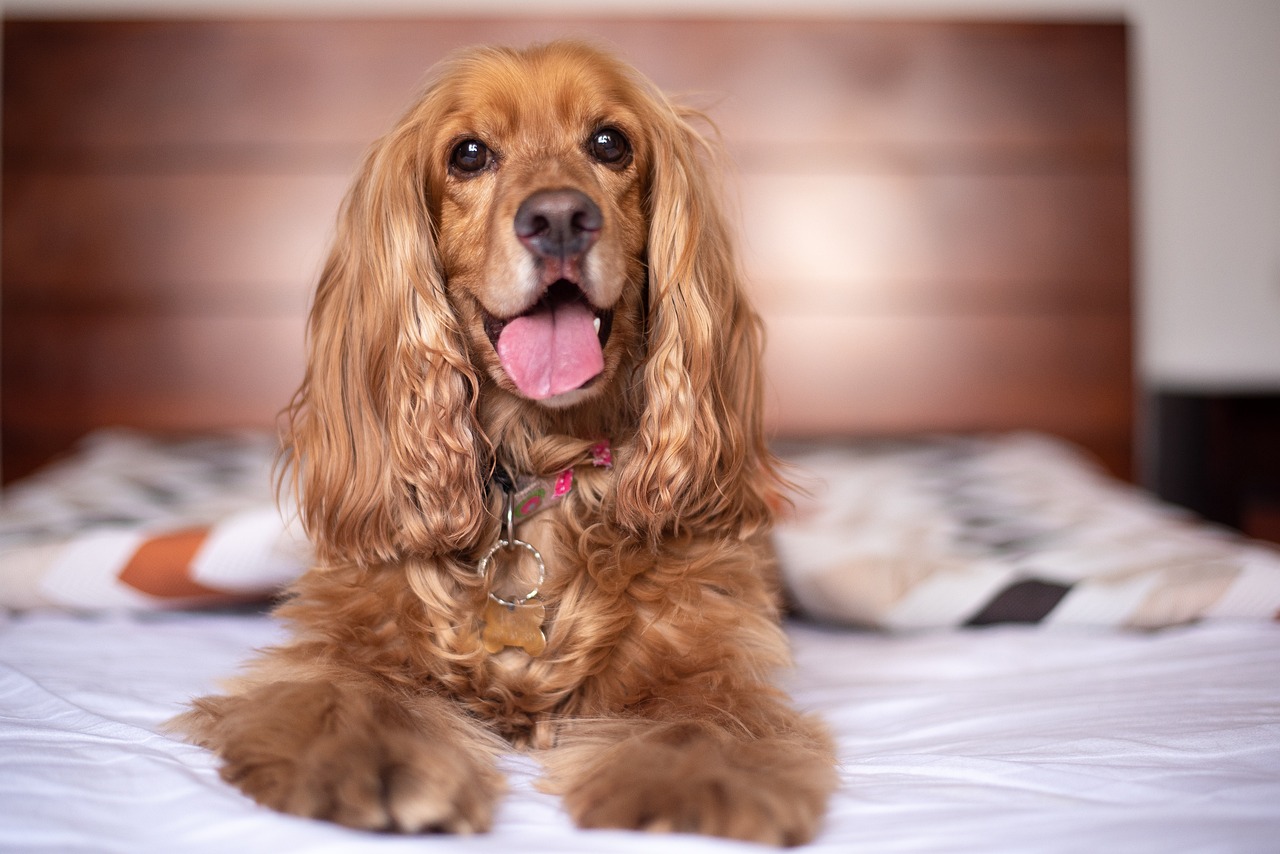 Shutterstock
Shutterstock
Cocker Spaniels are known for their sweet temperament and long, flowing coats, but it comes with a price for allergy sufferers. Their dense, wavy fur sheds consistently and requires regular grooming to prevent matting and tangles. Brushing and grooming sessions can release dander into the air, triggering allergic reactions. Additionally, Cocker Spaniels are prone to ear infections, which can result in extra cleaning and the spread of allergens around the home. For someone looking to minimize allergens, a Cocker Spaniel’s grooming needs and shedding can make them a less-than-ideal choice.
Pug
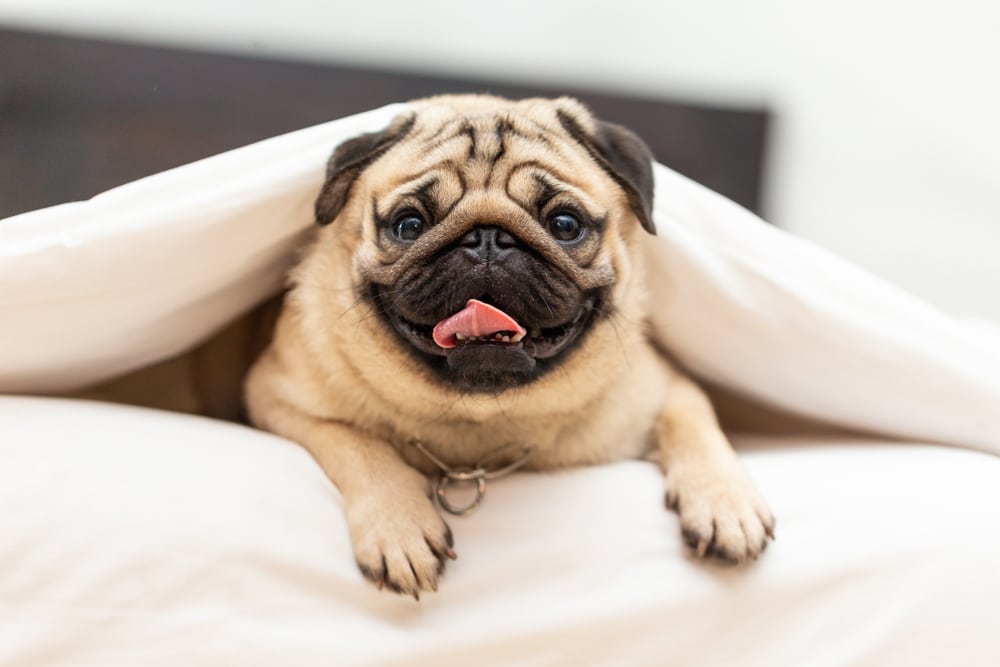 Shutterstock
Shutterstock
Pugs may be small, but they have a big impact on allergies. Their short coat sheds heavily, despite its appearance, and can leave a trail of fine hairs all over the house. Pugs are also known for their skin folds, which can harbor moisture and bacteria, potentially leading to skin issues that can worsen allergies. Their snorting and snuffling may be endearing, but these habits can also spread allergens around the home. For allergy sufferers, keeping up with the shedding, drooling, and occasional skincare required by a Pug can be challenging.
Saint Bernard
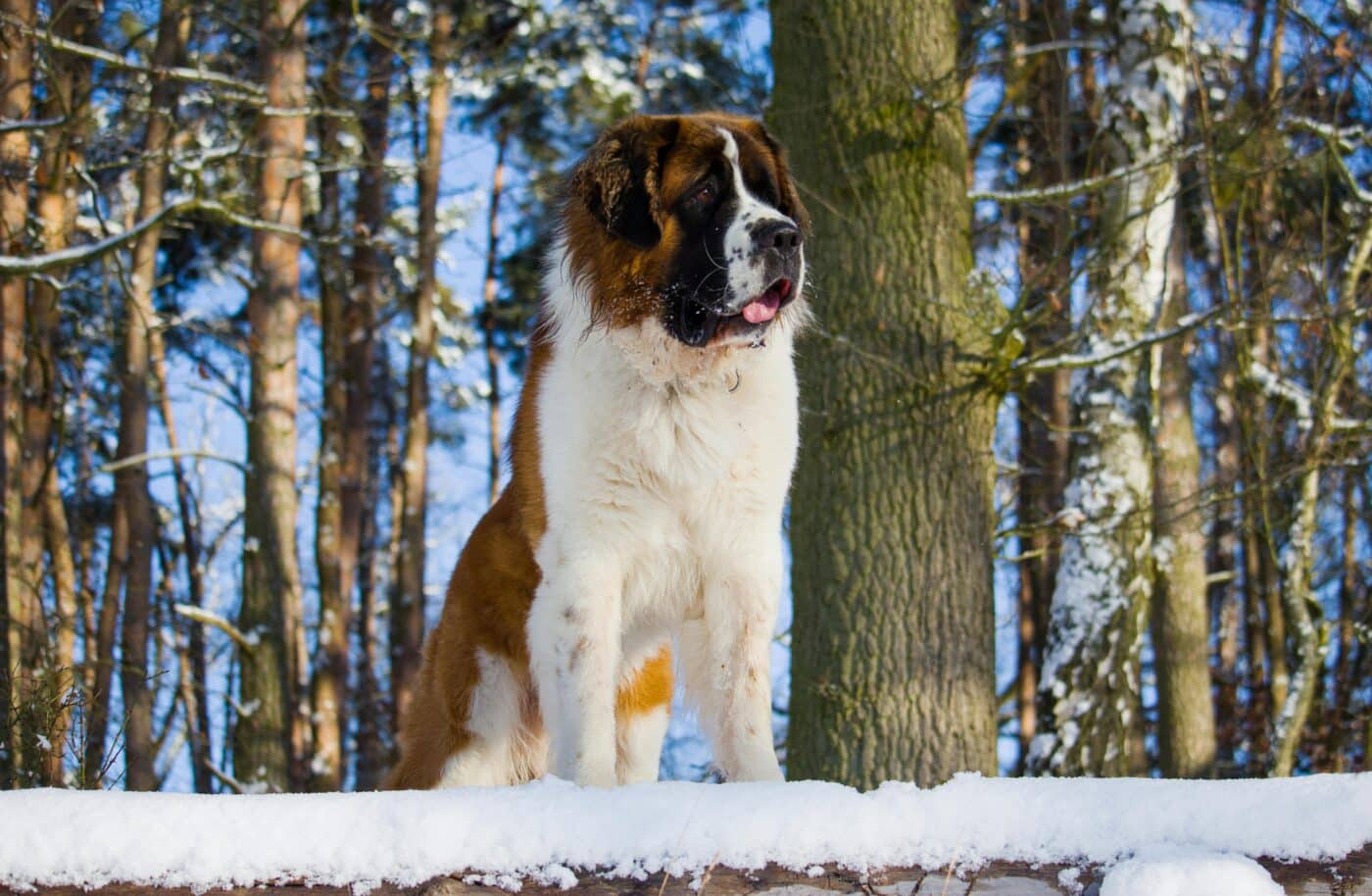 Shutterstock
Shutterstock
Saint Bernards are gentle giants known for their calm demeanor and affectionate nature. However, their massive size and thick coat can pose a serious challenge for people with allergies. Saint Bernards have a dense double coat that sheds heavily, especially during shedding season. Their large bodies produce more dander and saliva than smaller breeds, which can easily spread throughout the home. Saint Bernards are also known for their drooling, which can leave traces of allergens on furniture and clothing. Managing Saint Bernard’s shedding and drooling can require much time and effort for those with allergies.
Siberian Husky
 Shutterstock
Shutterstock
Siberian Huskies are stunning dogs with high-energy personalities and a thick double coat built for cold climates. While their coat may help them withstand freezing temperatures, it also sheds heavily, creating a significant amount of dander. Huskies experience a phenomenon known as “blowing their coat” twice yearly, where they shed their undercoat in large clumps. This seasonal shedding can create a whirlwind of fur in the home, making it difficult for allergy sufferers to keep symptoms at bay. For those who need to keep dander levels low, a Husky’s shedding can be overwhelming.
Boxer
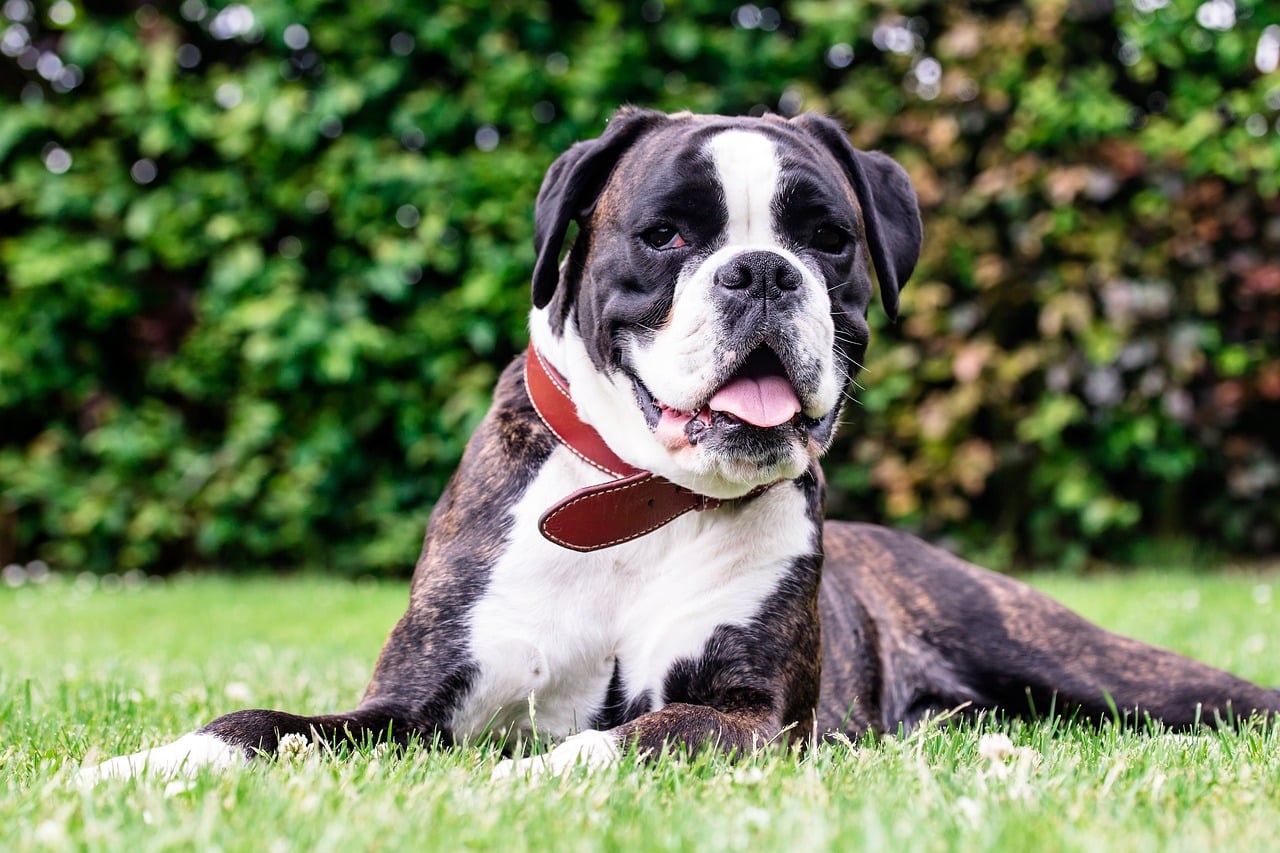 Shutterstock
Shutterstock
Boxers are known for their playful nature and boundless energy, but they’re not always the best choice for people with allergies. Boxers have a short coat, but they shed consistently throughout the year. Their hair can embed itself in furniture and carpets, making it difficult to keep allergens under control. Boxers are also prone to drooling, spreading allergens around the house. Despite their lovable personalities, their shedding and saliva can be problematic for allergy sufferers, requiring frequent cleaning to keep allergy symptoms at a minimum. A Boxer’s lively presence may be delightful, but their shedding can make them a challenging companion for those with allergies.
The Great Allergic Dilemma
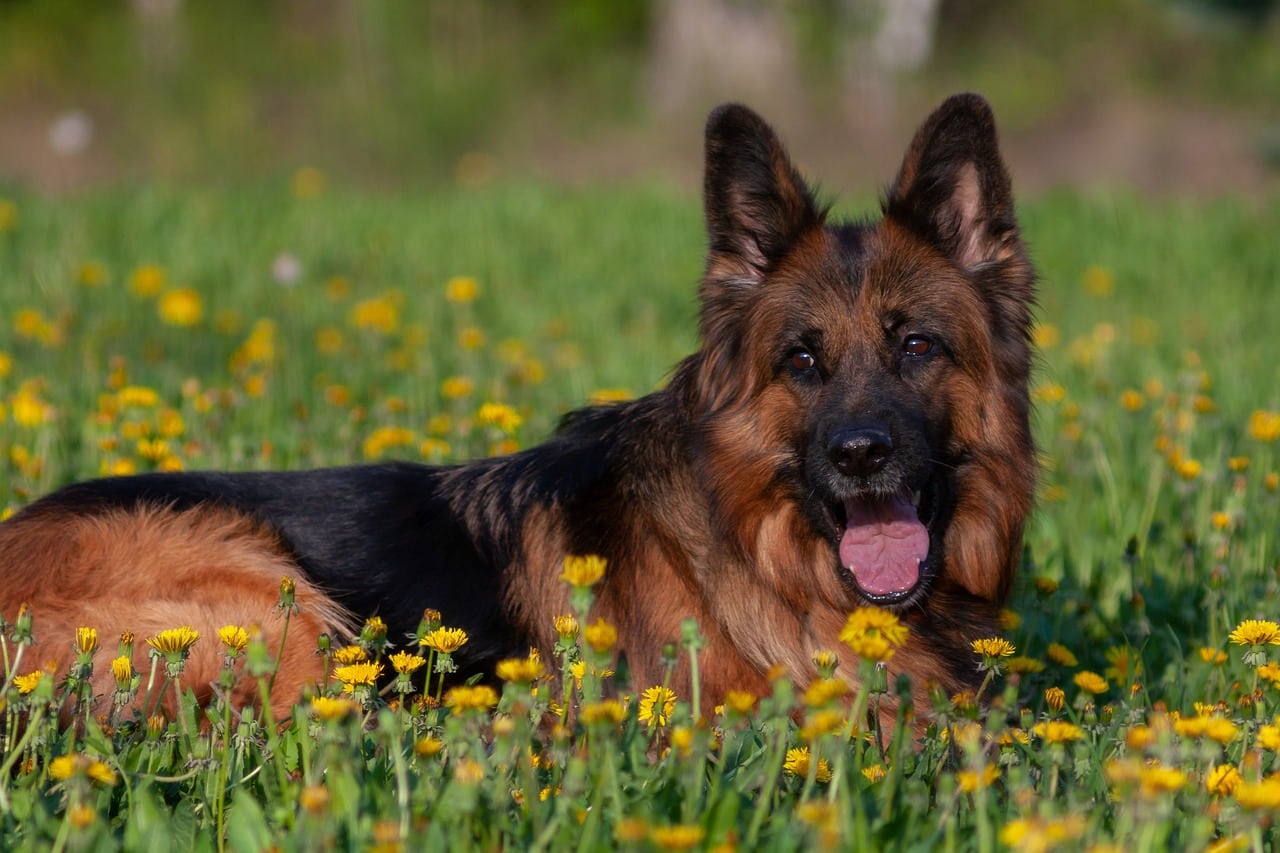 Shutterstock
Shutterstock
These breeds might have allergy sufferers reaching for the tissues, but their big hearts often match their shedding problems. While these dogs come with more fur and dander, they also bring much love and companionship. If you’re determined to welcome one of these fluffier friends into your home, arm yourself with a trusty lint roller (or ten) and a good air purifier. And remember, love can be powerful—sometimes, a little sneezing is worth it for a lifetime of tail wags and affectionate slobbery kisses.
 Toledo, United States.
Toledo, United States.